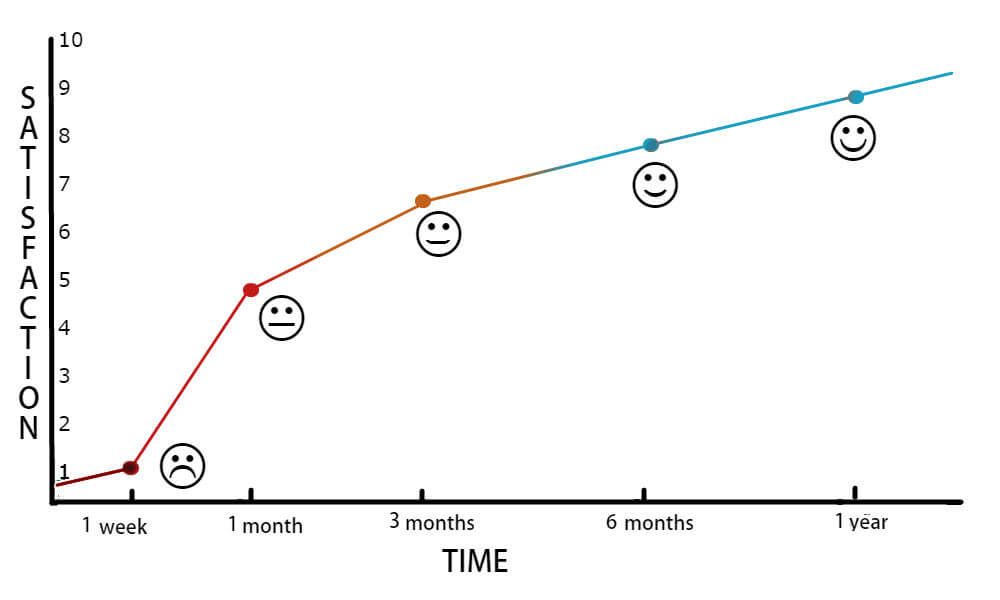When undergoing an intervention that is expected to achieve an aesthetic improvement, it is essential that the patient is firmly aware of what can and cannot be achieved. The patient must set realistic goals, and it is the duty of the surgeon to inform his or her patients of the results that can be achieved, and whether they are asking for a procedure that for some reason will not result in their particular case.
Due to his/her experience and studies, a good surgeon has a realistic vision of the scope of the different procedures, so if you are a candidate for surgery, your surgeon will provide you with the surgical plan that he/she thinks is most suitable for your particular case. Thus, the surgeon must assess together with the patient the potential results of each intervention, regardless of economic interests or personal aesthetic desires.
In this sense, the definition of “real expectations” in cosmetic surgery must take into account the following factors:
• Age
• Life habits (smoking, sun exposure, etc.)
• Physicals conditions
• Anatomical characteristics
• Cicatrization patterns
• Proportion with respect to adjacent areas (reducing or increasing a certain area of the body can make other areas stand out more or less by contrast)
The surgeon must also assess some psychological or personality factors of the patient that may be indicators of instability in the candidate.
A good candidate must have the following characteristics:
- Realistic expectations of the surgery itself
- Realistic expectations of the effect that surgery will have on his/her life and personal relationships
- A good image of him/herself
- A clear understanding of the risks that surgery entails
There is also a series of red flags that indicate that a patient may not be a good candidate for cosmetic or orthognathic surgery for aesthetic purposes. These include:

- Patients with clearly unreal aesthetic expectations
- Patients who think that surgery will radically improve their life
- Obsession over a very minor defect
- Lack awareness of the risks
- Patients who undergo an intervention to overcome a moment of personal crisis
- Lack of will to undertake necessary changes for their treatment (quit smoking, comply with orthodontic treatment, etc.)
- Mental illness
It is very important as a patient too, to examine our reasons and motivations, and evaluate the aspects above, since unrealistic goals result, in almost all cases, in a feeling of disappointment and dissatisfaction after the intervention.
In this regard, it is important to know that, even if initially the patient feels that the aesthetic results of their surgery are not the best, our experience of more than 20 years tells us that the process of acceptance of the orthognathic surgery patient takes between 3 to 15 months for a total adaptation (and dissapearence of swelling), normally following the following pattern:

At the Maxillofacial Institute, before attending their first interview with our specialists, we provide our orthognathic surgery candidates with a questionnaire that help us know their motivations and expectations in advance. Also, during their first visit they are done a complete imaging study and afterwards they interview directly with the surgeon who will carry out their operation, in order to clarify all doubts from the first moment and have a greater possibility of making a well informed decision.
Related: The power of online marginal communities over our self-image








